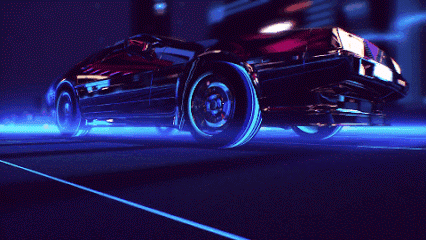
Great Scott! We’ve finally reached the day Marty McFly and Doc Brown visited in “Back to the Future II” – 21 October 2015.
While many people are writing about what the film got wrong, we wanted to take a look at how close we are to the imagined future presented when the cult classic premiered in 1989.
The product placement in the movie is undeniable and brands are using today to get some extra exposure by replicating some of the movie’s most beloved branding moments. It’s a chance to have fun and appeal to fans of the movie.
Pepsi, which announced earlier this week it would release a limited number of ‘Pepsi Perfect’ bottles, teamed up with UberUK to give riders the chance to roll up at their destinations in a DeLorean. Good luck getting up to that 88MPH in London’s traffic, though.
Toyota has a variation of the hydrogen fuel cell technology the film predicted powering its new Mirai model. The automaker reunited Michael J. Fox and Christopher Lloyd to promote and launch its campaign today.
USA Today will join in the fun tomorrow with a faux front page article exactly as it was in the movie.
But what about the more unlikely predictions in the movie? Flying cars? Self-tying shoes? We’re closer thank you might think.
Wearables
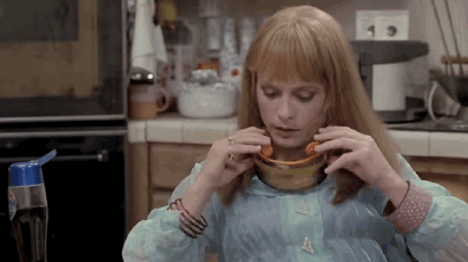
At some point, almost everyone in the film dons a pair of specs with high-tech functions such as cameras, magnification and access to some sort of unspecified database of information.
With the introduction of Google Glass in 2013, and gaming headsets like Oculus Rift, virtual reality is not far off.
Additionally, Doc Brown uses a device that overlays information about people as they walk by. Several tech manufacturers, such as Magic Leap , are currently working on smart headsets and overlaying imaginary scenes on top of real views using augmented reality.
Flying cars
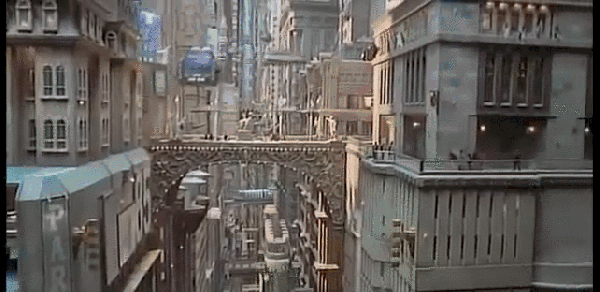
Flying cars are everywhere in Back to the Future II, and although we are not quite there yet, they actually exist.
Terrafugia unveiled a prototype several months ago, the Aeromobil 3.0, which it says can go more than 400 miles on one trip. But these are not currently on sale, and air traffic control plans have not been drafted.
Hoverboards
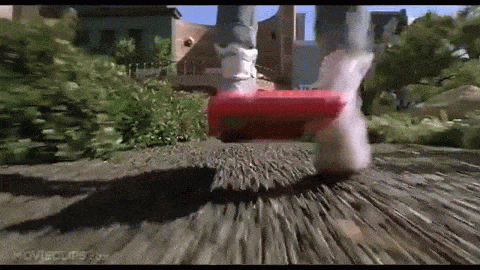
Here are TNW, we can’t wait for the day hoverboards actually come to market and we aren’t the only ones. Since the film was released, there’s been desperate market anticipation.
Lexus recently unveiled a prototype for a real, rideable hoverboard. If you can’t wait for a release date, you can buy Xiaomi’s self-balancing scooter, Ninebot Mini.
Fingerprint recognition and smarthomes
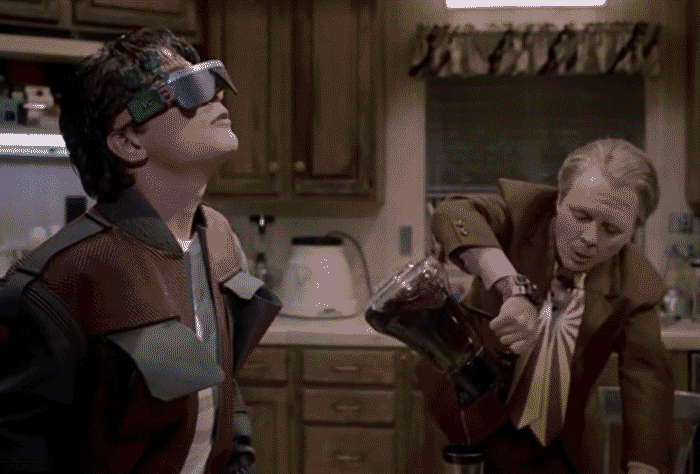
Driven by massive growth in mobile commerce, international travel, healthcare and global security, the identity and biometrics market is going mainstream, not unlike the film’s depiction of using eye scanning and fingerprinting to check people’s identities.
Tascent , a Silicon Valley-based company, is attempting to be an agent of change in biometrics and identity, claiming to develop products that are easy to use and creating platforms that are scalable, flexible and customizable.
While the movie goes a further with biometrics – the McFly home, for instance, comes with a scanner, rather than a doorknob, thanks to smart-home technology such as Nest , people can use smartphones to control everyday household tasks and even unlock their doors.
Clothing

Despite Marty’s adjustable, self-drying jacket not yet being manufactured, Baubax is on a mission to bring high tech to clothing with its “Swiss Army Knife of jackets.”
And what about those self-tying shoelaces?
In 2010, Nike applied for a patent for ‘automatically lacing trainers’, but a year later, when the company released a limited range of McFly’s Nike MAGs with proceeds benefiting the Michael J. Fox Foundation for Parkinson’s Research, they came with manual laces.
Food

In the film, Marty’s mother, Lorraine, fixes supper for six using a pizza hydrator that rapidly ‘inflates’ a meal from a snack-size to a large size in a matter of seconds. This gadget is far from being stocked in a Bed, Bath and Beyond near you, but Natural Machines has a prototype 3D food printer.
Drones

Twice in the film, drones make an appearance – as both paparazzi and dog walker.
A number of news networks are beginning to use unmanned aerial vehicles (UAVs) to get fresh perspectives in remote regions and high above crowded events. And the Hexoplus Live , which uses a GoPro camera, allows owners to create autonomous aerial footage of themselves, hands-free.
Robot car fueling
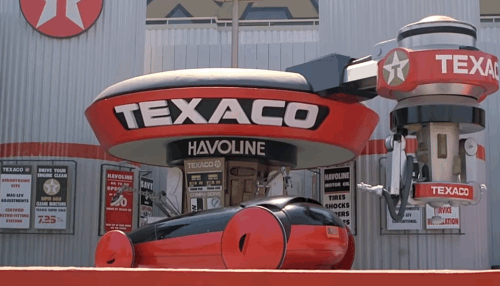
For the most part, filling a car up is still largely the same as it was in the 80s, but that could be about to change soon. Tesla recently unveiled a bizarre robotic, snake-like battery recharging contraption for its electric cars.
3D marketing
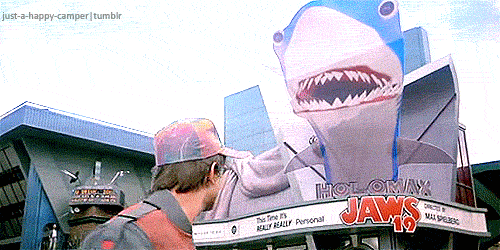
Though we’re still waiting on Jaws 5 through 19, Marty is bombarded with holographic billboards in downtown Hill Valley. Austrian company Trilite has recently developed a laser system that creates images in 3D without the need for glasses. New York’s Times Square may have its first 3D ads.
What tech from the movie do you hope becomes a reality?
Read next: The future is now: 6 startups bringing science fiction to life
Feature image credit: Florian Renner
Get the TNW newsletter
Get the most important tech news in your inbox each week.





